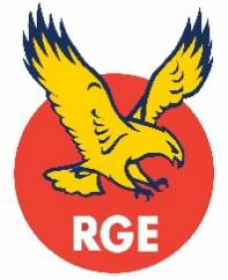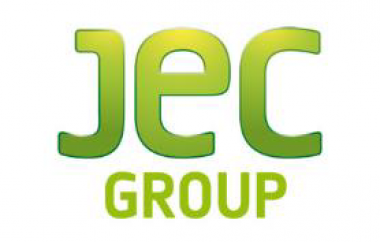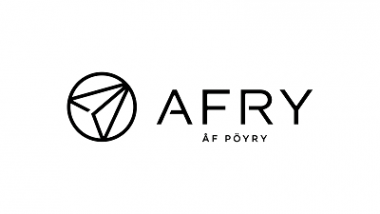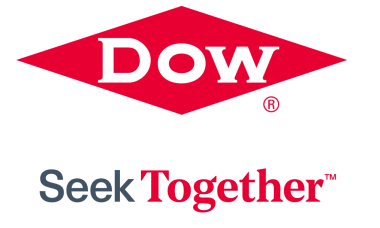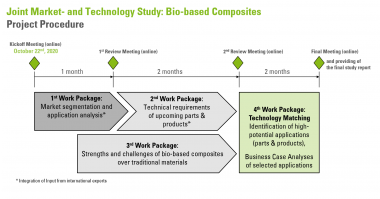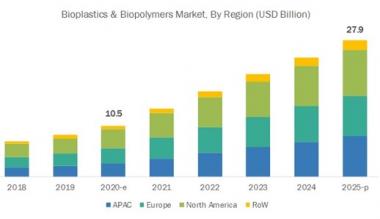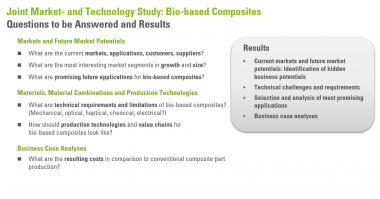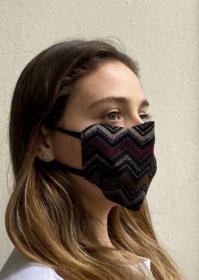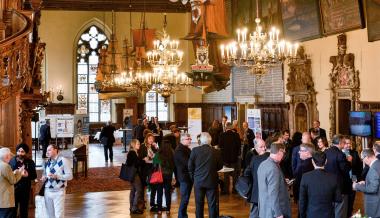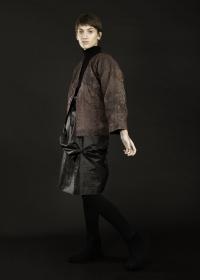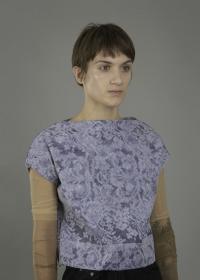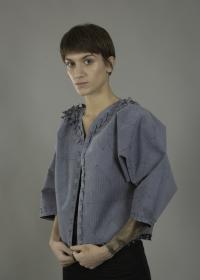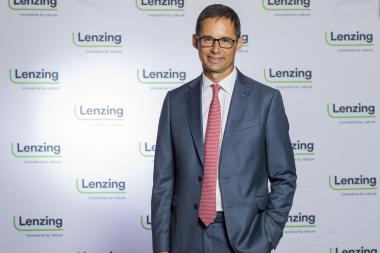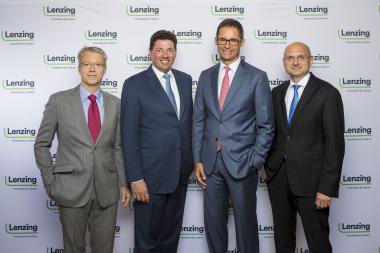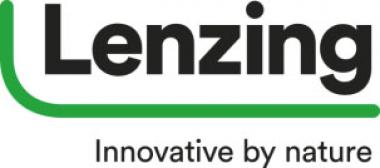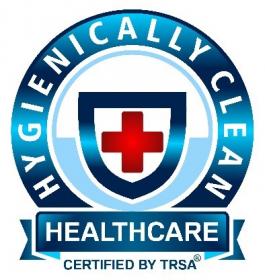Plastic snowfall in the Alps - New Empa Study about nanoplastic in the environment
In a new study, Empa researcher Dominik Brunner, together with colleagues from Utrecht University and the Austrian Central Institute for Meteorology and Geophysics, is investigating how much plastic is trickling down on us from the atmosphere. According to the study, some nanoplastics travel over 2000 kilometers through the air. According to the figures from the measurements about 43 trillion miniature plastic particles land in Switzerland every year. Researchers still disagree on the exact number. But according to estimates from the study, it could be as much as 3,000 tonnes of nanoplastics that cover Switzerland every year, from the remote Alps to the urban lowlands. These estimates are very high compared to other studies, and more research is needed to verify these numbers
The study is uncharted scientific territory because the spread of nanoplastics through the air is still largely unexplored.
The scientists studied a small area at an altitude of 3106 meters at the top of the mountain "Hoher Sonnenblick" in the "Hohe Tauern" National Park in Austria.
Every day, and in all weather conditions, scientists removed a part of the top layer of snow around a marker at 8 AM and carefully stored it. Contamination of the samples by nanoplastics in the air or on the scientists' clothes was a particular challenge. In the laboratory, the researchers sometimes had to remain motionless when a colleague handled an open sample.
The origin of the tiny particles was traced with the help of European wind and weather data. The researchers could show that the greatest emission of nanoplastics into the atmosphere occurs in densely populated, urban areas. About 30% of the nanoplastic particles measured on the mountain top originate from a radius of 200 kilometers, mainly from cities. However, plastics from the world's oceans apparently also get into the air via the spray of the waves. Around 10% of the particles measured in the study were blown onto the mountain by wind and weather over 2000 kilometers – some of them from the Atlantic.
It is estimated that more than 8300 million tonnes of plastic have been produced worldwide to date, about 60% of which is now waste. This waste erodes through weathering effects and mechanical abrasion from macro- to micro- and nanoparticles. But discarded plastic is far from the only source. Everyday use of plastic products such as packaging and clothing releases nanoplastics. Particles in this size range are so light that their movement in the air can best be compared to gases.
Besides plastics, there are all kinds of other tiny particles. From Sahara sand to brake pads, the world is buzzing through the air as abrasion. It is as yet unclear whether this kind of air pollution poses a potential health threat to humans. Nanoparticles, unlike microparticles, do not just end up in the stomach. They are sucked deep into the lungs through respiration, where their size may allow them to cross the cell-blood barrier and enter the human bloodstream. Whether this is harmful or even dangerous, however, remains to be researched.
Empa, Noé Waldmann










